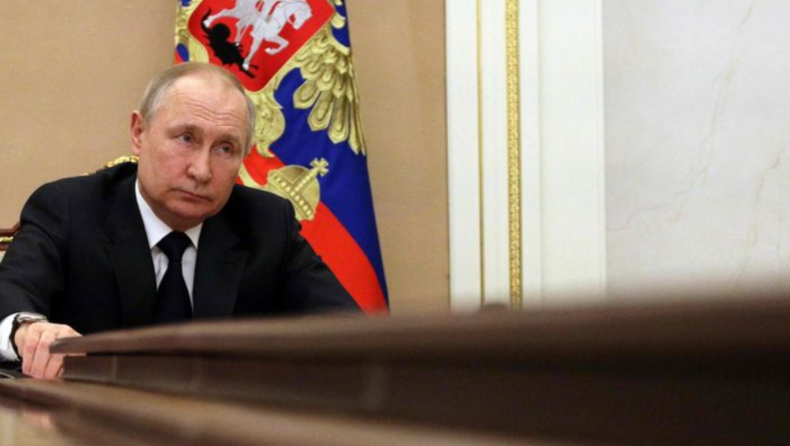Russia is due to make another payment to bondholders on Monday after last week’s fear it might not be able or willing to do so, especially following western countries’ unprecedented sanctions over Moscow’s action in Ukraine.
This marks Russia’s first default since the financial crisis of 98 and its very first on international bonds since the 1917 revolution when the Bolsheviks repudiated obligations of the Tsarist government.
Russia is due to repaying another 66 million on Monday and a total of $4.7 billion between now and year-end, with further tests to come.
Russia’s total debt
Russia has 15 international bonds outstanding with a face value of around $40 billion. Before Ukraine’s crisis, roughly $20 billion was held by investment funds and money managers outside Russia.
Last week’s drama centered around two bonds the government issued in 2013 for which coupon or interest, payments with a combined value of just over $117 million were due on Wednesday.Like many international bonds, there was a 30-day grace period meaning Moscow effectively has until April 15th to pay.
Initially, Russia seemed to walk away from the prospect of sending currency overseas especially after sanctions, but on March 14 the finance ministry said it had approved a temporary procedure to make the payments.
Under a temporary license issued by the US Office of Foreign Assets Control (OFAC), Russia’s correspondent bank JP Morgan was able to process the cash before crediting it to another US bank, Citi group.
About further payments
On Monday, Russia is due to make a $66 million payment although technically, under the terms of the issue it could make this payment as well as $102 million one on March 28 in alternative currencies including Rubles.
On Friday an emerging markets fund manager, gramercy noted that making use of the bond’s “alternative currency payment event” required a 15-day early notice, which hasn’t been delivered neither talked about by Russia’s finance ministry.
After last week’s payment, Russia showed it still has the ability and willingness to pay in dollars. Morgan Stanley analysts quoted “There’s no reason for Russia to be able to invoke the alternative Rubel payment clause but this doesn’t guarantee Russia won’t try”
On March 31 there is a $447 million payment that must be made in dollars, while its biggest payment of the year and also the first full repayment of principal $2 billion is due on April 4.
Foreign investors also owned about $38 billion worth of Ruble-denominated Sovereign bonds known as OFZs and before this crisis, JPMorgan estimates nearly 20% of the market with some of the due payments yet to be made.
Can Russia keep paying?
Even if Russia is willing to pay, there may be complications, especially for bonds that must be serviced in dollars. Western sanctions have banned transactions with Russia’s finance ministry, central bank, or national wealth fund.
Although the temporary general license 9A issued by OFAC on 2nd March makes an exception for “the receipt of interest, dividend or maturity payments in connection with debt or equity”.
The license expires on the 25th of May and after this period Russia will have almost $2 billion worth of external sovereign bond payments to make before the end of the year. Analysts at Morgan Stanley say that after Monday’s test the next crucial date is May 27th, when the first payment come due after the license has expired.
This could force Russia into making payments for a dollar 2026 bond and Euro 2036 bond in rubles to onshore accounts, which the finance ministry has said would be its fallback option. This would trigger a default on the dollar bond, as only the euro bond allows for payment in Rubles.
Some analyst suggests that money frozen abroad under the sanctions may have been used for last week’s payments, although Russia has generally paid debt out of budget funds in the past.
What if Russia defaults?
If Russia fails to make any of its bond payments Within their defined grace periods or pays and rubles where dollars or euros are specified, it will be historic default.
Such an event would have been unthinkable Before the February 24th invasion of Ukraine, which Moscow describes as a special military operation and subsequent Western sanctions. Russia has nearly $650 billions of central bank reserves, one of the lowest debt-to-GDP levels in the world, and has been raking in money from soaring oil and gas prices.
A default would lock it out of the international borrowing markets until the sanctions are lifted and it repaid creditors for any losses they had suffered. It would also depress its credit ratings for some time, pushing up the interest rates for the government and Big Russian companies to borrow.
Published By : VATSAL KOTHA
Edited By : KRITIKA KASHYAP













